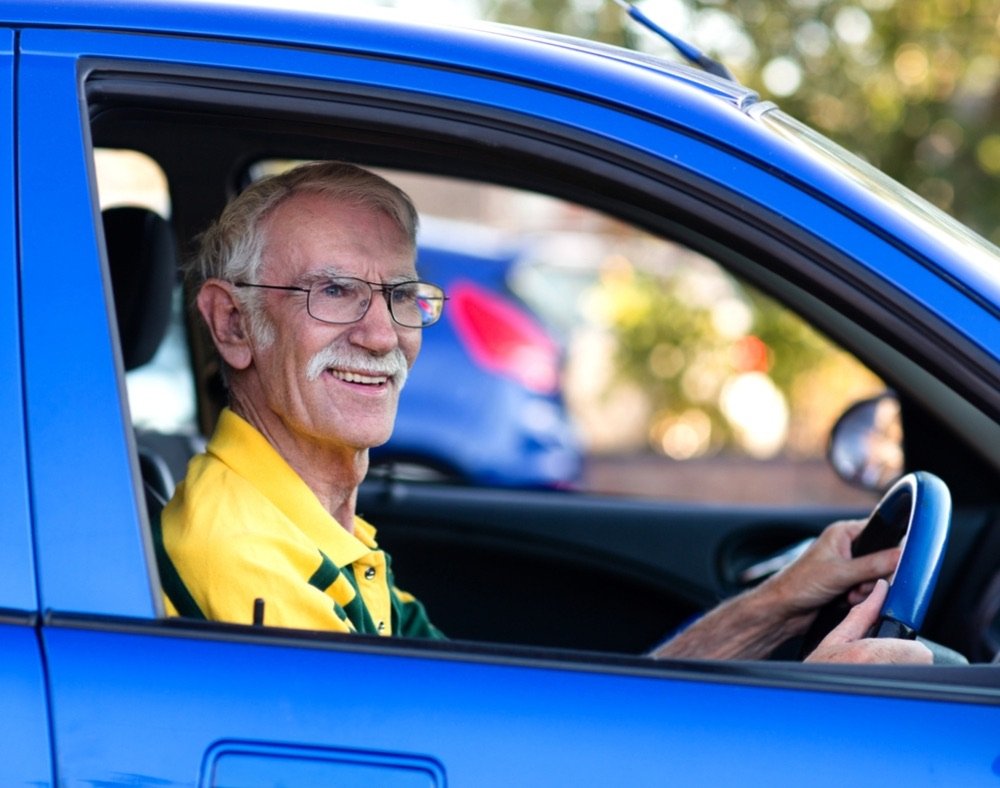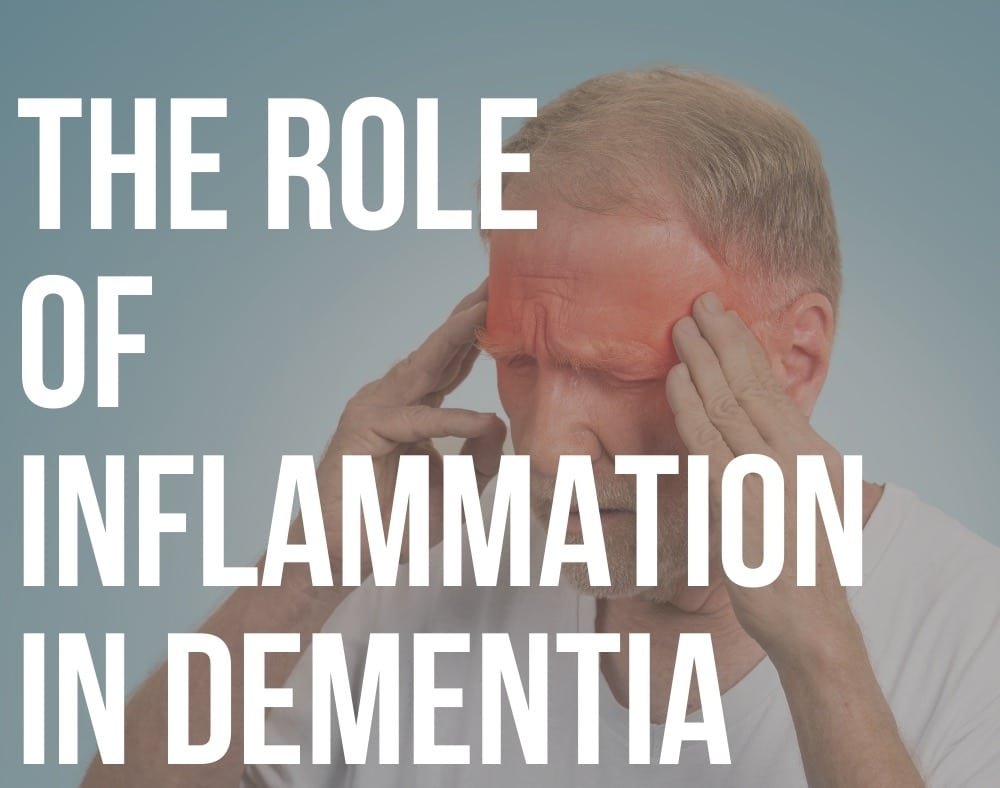It is crucial for all of us to understand the close connection between driving and dementia and how to act accordingly to avoid inconvenience.
We experienced many UNPLEASANT situations, thus want to share this guide with you.
A positive dementia diagnosis usually comes with a myriad of concerns for the affected individual.
Among them include the ability of a person to drive safely.
Contents
How Does Dementia Affect Driving?
You will notice that many people who have dementia can no longer drive, especially if the disease has progressed to the later stages.
This can be very upsetting, particularly to the persons who feel like driving defines freedom and autonomy.
In addition to memory loss that is synonymous with dementia, other causes can also affect a person’s driving ability.
These include medical conditions that a person with dementia might be suffering from. The most common in seniors are hearing and vision problems.
Arthritis can also affect head-turning.
A fraction of older people with dementia have weaker muscles, which makes physical tasks like braking or steering rather difficult.
Medications, a person is taking, can also contribute to driving problems. Various depression drugs, as well as night sedatives, may affect how a person drives.
Individuals with dementia and their caregivers can benefit from our guidelines that can offer helpful pointers on the whole driving and dementia issue.
Read on to uncover important information about driving for people with dementia.
When Does a Person Become a Traffic Risk?

In some cases, though not all, a dementia diagnosis does not mean that a person immediately loses their driving skills.
Some people, particularly in the early stages of the disease, can go about their driving business without any complications.
However, due to the nature of the illness, everyone HAS TO STOP driving eventually.
This is because the disease becomes worse over time, which means that symptoms like a decrease in cognitive functioning, memory loss, and visual-spatial disorientation become more pronounced.
Some individuals will stop driving voluntarily after identifying the risks involved. Others may need intervention from relatives and caregivers.
Because everyone experiences the illness differently, it is not easy to pinpoint the right time a person should no longer be on the road as a driver.
As a general rule, persons with mild or early dementia should undergo an evaluation to know if they can continue driving.
Those who have moderate or severe dementia SHOULD keep off the wheel.
It may also help if the affected individuals and those around them are keen on the developing symptoms to make the decision at the right time.
Going For Independent Driving Evaluation

Independent driving evaluations are some of the safest options to determine a person’s driving capability.
These are usually available through State Departments of Motor Vehicles or driver rehabilitation programs.
Remember to inform the examiners that the individual going through evaluation has dementia. These individuals usually sit for a behind-the-wheel driver re-examination.
This will determine whether the candidate will RETAIN their driving license or whether it will be revoked.
Because dementia is a progressive disease, it is recommended that drivers with dementia go through the evaluation often say after every six months or so.
If anyone FAILS the test, they must discontinue driving instantly.
Signs That Indicate It Is No Longer Safe to Drive

A person’s behavior outside their car can tell if they can drive properly or not.
Some of the signs that a person may show signifying that they will not be good drivers include:
- Has a hard time multitasking
- Has a problem judging space and distance
- Becomes less coordinated
- Feels disoriented or gets lost in familiar environments
- Is not as alert to things that are happening around them
- Memory loss specifically for recent events increases
- Has a hard time processing information
- Has challenges with problem-solving and decision-making
- Becomes more irritable, confused, and has mood swings
- Needs prompting when it comes to personal care, etc.
It is advisable to compare previous behavior (before dementia onset) to current behavior to get an accurate picture of the transformation a person is going through.
Behavioral changes are usually noticeable to people who closely interact with the person with dementia over time.
The observations can then be shared with other friends, family members, and health care professionals.
Checking Driving Behaviors

If the person with dementia gets the green light to continue driving, friends and family must continue to monitor their driving.
An individual’s driving skills can decrease in a short period. Observing driving conduct is crucial because it allows early problem detection before it becomes a crisis.
Some of the warning signs may consist of:
- Ignoring traffic lights or confusion over road rules, colors, and words
- Driving too slowly
- Hitting curbs
- Stopping in the middle of the road for no reason
- Having challenges with highway exits, turns, or lane changes
- Lacking good judgment
- Driving at inappropriate speeds
- Getting lost on familiar routes
- Driving on the wrong streets
- Drifting into other lanes unintentionally
- Getting drowsy or falling asleep while driving
- Confusing gas and brake pedals
- Refusing to strap on seat belts
- Parking at the wrong places
- Coming back from routines drives later than usual
- Getting tickets often for multiple violations
- Having accidents or too many “near-misses”
- Easily distractibility by road signs, pedestrians, or pets they may see while driving
- Refusing to drive with other people in the car
- Becomes irritated or nervous when driving, etc.
What To Do To Improve Driving Skills

Unfortunately, because of the declining nature of dementia, there is nothing that can be done to enhance driving skills.
As the disease becomes worse, many people become a hazard on the road. This implies that caregivers and doctors must take charge.
The affected individuals, doctors, and persons offering care must also familiarize themselves with the laws that govern driving and dementia.
In some locations, doctors must report any medical conditions that may get in the way of a person’s driving ability.
Getting “Difficult Persons” To Stop Driving

Blood relatives and caregivers may, at times, be faced with a situation where an individual with dementia blatantly refuses to stop driving even when it is dangerous.
This is because most of them feel as though they lose a great deal of independence if they cannot drive themselves around.
Such circumstances call for a lot of wisdom when dealing with this aspect of driving and dementia.
The persons dealing with the topic can start by calmly and sympathetically talking to the affected individual, letting them know why driving is not a good idea.
Remember that the talks should be given out in small doses to give the affected individual time to process what lays ahead.
Be ready to listen and encourage the person to talk freely about how the changes make them feel.
Mention the positives, not the negatives
Stressing about the positives of quitting driving might drive the point home.
Try and appeal to the individual’s sense of responsibility all the time, reaffirming support and unconditional love.
Alternative transportation must also be offered so that the ill individual does not feel like they will not have the freedom of movement anymore.
If the people around cannot come up with a solution, it may be time to join a support group.
These offer a GREAT platform for caregivers and persons with dementia to talk to other individuals who are in a similar situation.
Seek help if necessary
They act as an excellent resource center to get tips on how to get the person to stop driving.
Experts believe that people will adjust better if they are involved in the discussions and decisions on when they should retire when it comes to driving.
Care managers and physicians might also help a person make the right timely decision. The professionals can tactfully bring up the driving topic during health visits.
A financial planner or lawyer may also step in to DISCUSS driving as part of the ill person’s financial and legal planning.
Affected persons may respond better to the experts as compared to their relatives or friends.
It can also help if family members and caregivers can come up with ways that reduce the need of the person with dementia to drive all the time.
It can be things like having prescriptions, groceries, and meals delivered at home.
Beauticians and barbers can be contracted to make home visits. Loved ones can visit often so that the person does not feel the need to go out and look for them.
Friends and family can also organize to take the person on social outings.
Slowly limit their driving
Where possible, it is usually best to start early rather than bombard a person to stop driving immediately.
For instance, during the onset of the middle stages of the disease, caregivers can work with an individual to introduce the concept of limiting their driving.
During these times, there are a few beneficial tips the dementia drivers can work with like:
- Avoiding driving in bad weather and at night
- Driving on familiar roads only
- Avoiding long-distance drives
- Escaping roads that have huge traffic amounts
Asking the person to co-pilot might also make the transition from driver to passenger a little easier.
When all else fails, caregivers may be forced to take drastic measures to ensure that the individual who has dementia does not go driving when they are not supposed to.
Some of the methods that can keep weak people from accessing their cars include:
- Hiding car keys or replacing them with a set that will not start the car
- Ensuring the car is out of sight
- Disabling the car by removing the battery cable so that it will not start. A mechanic can also install a “kill switch” that the driver must engage in before starting the car.
- Selling the vehicle
Alternate Transport Solutions

When tackling the topic of driving and dementia, it is important to table alternative transport options for individuals who can no longer drive.
These help individuals to continue living active lives with minimal restrictions on their mobility. Common transport options are:
Public Transportation
This comes in handy, especially in the early stages of the disease. This is where a person can get familiar with the transportation system in their area so that they get by without too many problems.
The option may not work for people who are in the last stages of the disease. This is because they may not be in a position to figure out how to get to the trains or buses or even their schedules and routes.
Senior Transportation Services
Some organizations offer exclusive transportation services for people who have special needs. A quick online search can help you identify some of the companies that extend these services.
Compare a few to settle on the ones you feel will meet the transport needs of the person with dementia.
Taxi
Just like public transportation, this may be a solution for people who are in the middle or early stages of the disease and preferably do not have any extreme behavioral issues.
Families can choose to set a payment account with a specific company so that the affected individual does not have to deal with taxi bills.
It is also a good option if someone accompanies the person with dementia to the taxi and has another person waiting for them at the destination.
Friends and Family
Family members, neighbors, and friends can offer to drive the person to their appointments and social engagements.
To avoid overburdening one person, make a list of the people willing to provide transportation alongside their contacts and availability.
Driving and Dementia Closing Thoughts
Car accidents are the leading cause of death-related injuries in persons between ages 65-74, according to various studies.
They are also the 2nd commonest cause of death for people who are above the age of 85 after falls.
Experts reveal that the risk of getting into an auto accident doubles for persons who have dementia.
It is, therefore, important to do due diligence when caring for a person with the illness so that they do not go out there driving putting their lives and those of other road users in danger.
Always keep in mind that driving ability spans many cognitive domains, and requires executive function, visuospatial skills, motor skills, attention, and memory.







